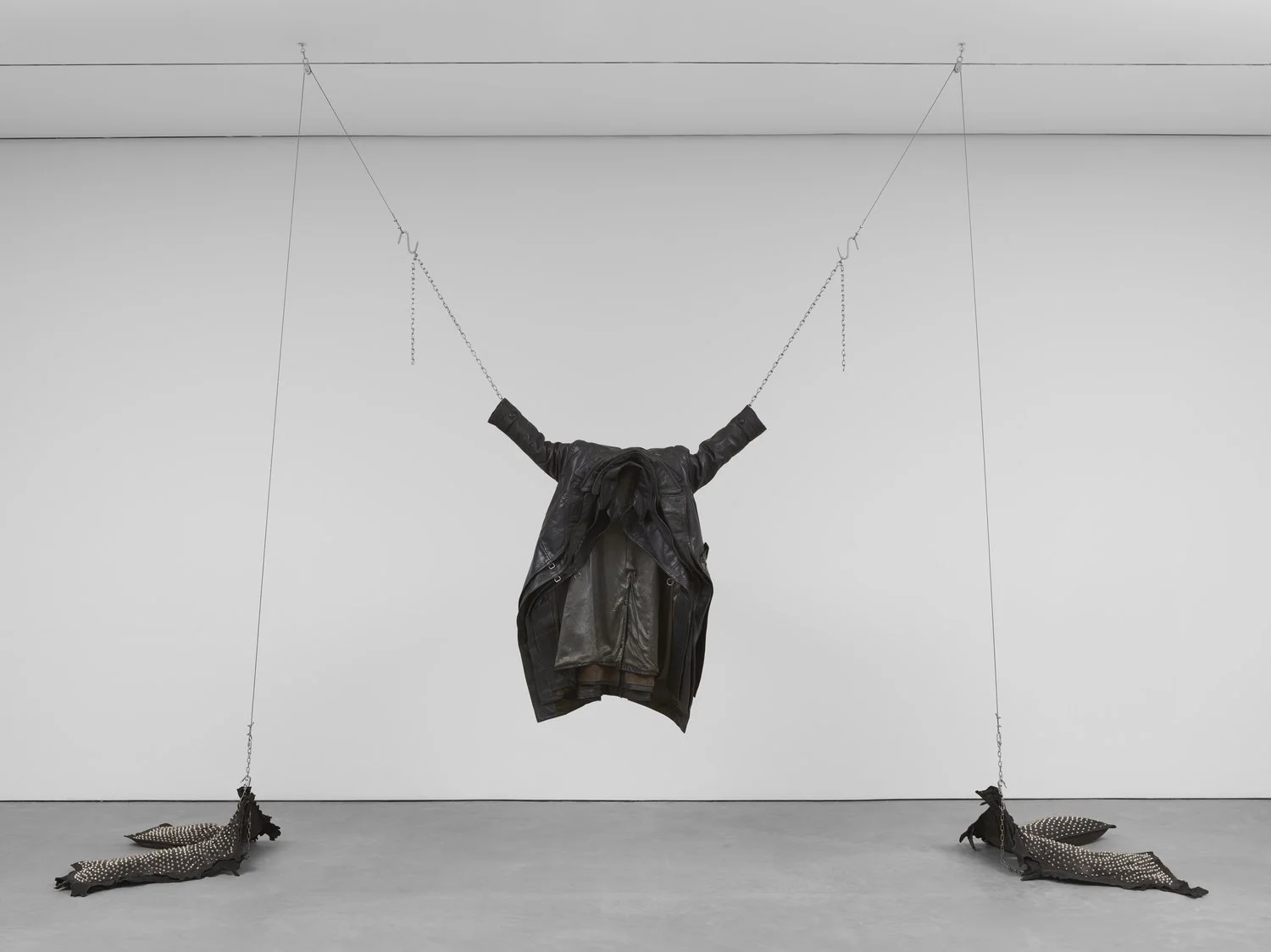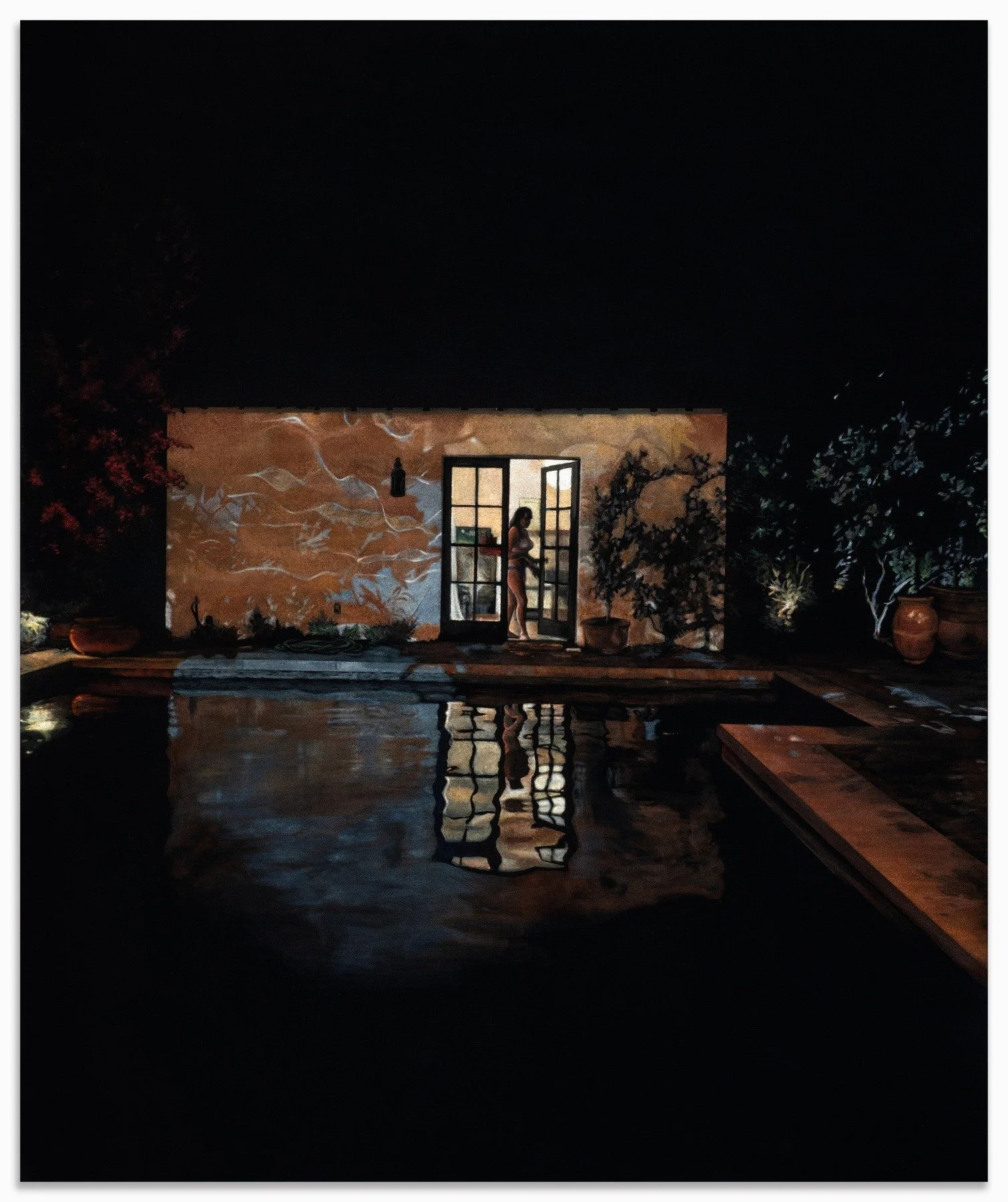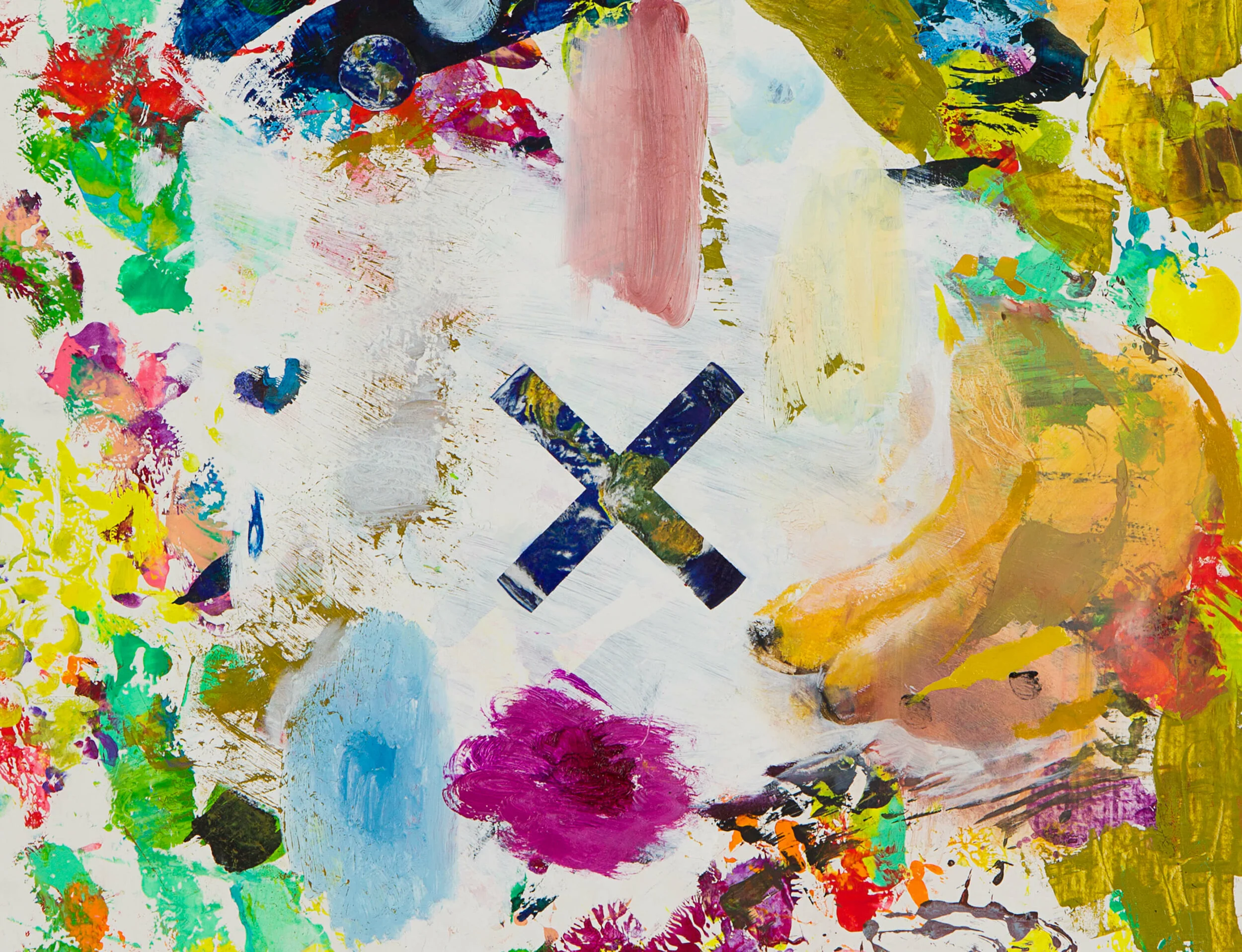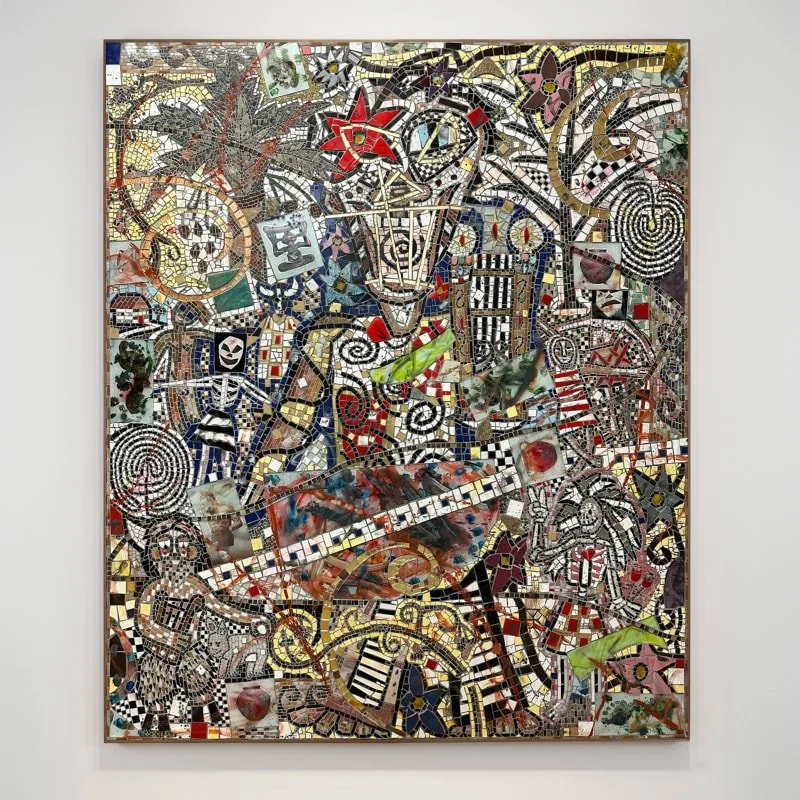Elaine Cameron-Weir
“A Way of Life”
New York, 504 West 24th Street
Among the central motifs for Elaine Cameron-Weir's first exhibition at Lisson Gallery are the Four Horsemen of the Apocalypse, foretold in The Book of Revelations as harbingers of the End of Days through famine, pestilence, disease and death. A stampede of horseshoes conjoins into a giant, snaking conveyor belt structure dividing the main space, with horseshoe nails and horse leather military garments being woven into other works here, linking, supporting and adorning a complex system of interrelated forms. They also suggest the worlds of horseracing, gambling, rodeos and cowboys or frontiersmen, but could also refer to an impending change in politics according to the ‘horseshoe theory’ – in which both the far-left and far-right are drawn inexorably closer to each other and their extremes
In a work titled western procession of my oldest wounds (hit parade) wrecked high altar of buying tears, Cameron-Weir has adorned a long factory conveyor belt that divides the main space with rows of used aluminum horseshoes. Each end of the conveyor belt is suspended from pulleys fixed in the ceiling while two pairs of metal drums draped by battered lead and containing flickering candles set in steel grit, act as counterweights. Horseshoe nails and horse-leather military garments have also been utilized in other works, together suggesting the worlds of horseracing, gambling or frontiersmen, but could also refer to an impending change in politics according to the ‘horseshoe theory’ – in which both the far-left and far-right are drawn inexorably closer to each other and their extremes.
A work titled pupil of couture / 4horsemen hairshirt (SS 2024 apocalypse collection) features four horsehide jackets, similar to those used by soldiers in WWII trenches (hence the name trench coat), nested inside one another, outspread like a crucifix and similarly being held in limbo above the gallery floor by two pairs of studded leather sacks. These resemble stylized saddle bags or chaps used by ranchers or cowboys when herding animals, as well as the kind of spiked jackets worn by punks from the 1970s onwards, long since subsumed into mainstream fashion items. The four jackets also reference the Four Horsemen of the Apocalypse, foretold in The Book of Revelations as harbingers of the End of Days, representing and carrying famine, pestilence, disease and death. The ominous arrival of the four horses was said to precede the Second Coming of Christ, often depicted as an open-armed descent from heaven, although some theologians believe this to be a moment of reckoning, rather than rapture. What, if anything, might be held up for worship here is not entirely clear, but the show’s title, 'A WAY OF LIFE', infers that these objects carry with them evidence of work, leisure and purpose- ways to spend time, and quantify or judge a life.
Lining the walls of the gallery are a series of groupings of small grisaille sgraffito enamel plates that are each suspended in an undulating white bronze frame. Cartoon-like images of barbed wire knots are etched into the surface of the enamel, resembling wounds, penitence and obstacle. These depictions of knots are connected to one another by twisted wires, as if this imagined fence had been cut apart and strung back together. Here the iconography extends back to the original Crown of Thorns (one relic of which is purported to be in the Louvre) and forwards to the modern-day patents used to fence off huge swathes of America’s Great Plains in the late 1800s.







